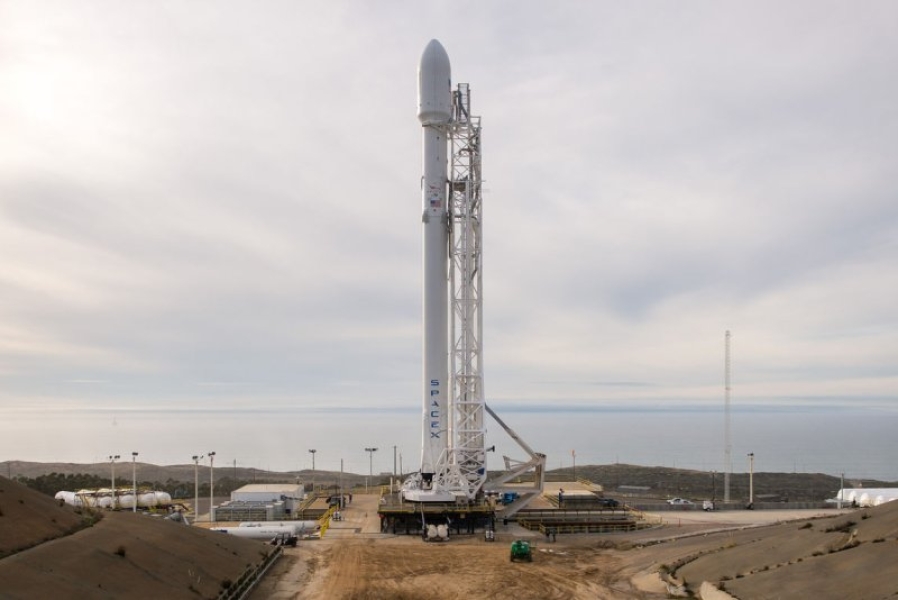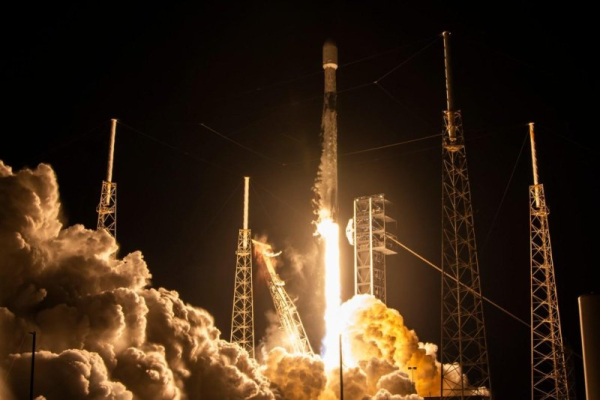
SpaceX launched a new constellation of Starlink satellites into low Earth orbit Monday evening from Vandenberg Space Force Base in California.
The Falcon 9 rocket lifted off shortly after 6:09 p.m. PT, after a launch delay of 3:47 p.m.
The launch was also originally planned for Sunday, but was cancelled.
The Falcon 9 rocket carried 23 Starlink satellites as payload.
SpaceX later confirmed “deployment of 22 @Starlink satellites” on X.
UPI has contacted SpaceX for comment regarding the discrepancy in information.
SpaceX noted that this was the 23rd launch of the first stage of the launch vehicle, which had previously been used on 13 other Starlink missions.
The first stage returned to Earth and successfully landed on the unmanned vessel Of Course I Still Love You in the Pacific Ocean.
“There is a possibility that residents of Santa Barbara, San Luis Obispo, and Ventura Counties will hear one or more sonic booms during launch, but what they hear will depend on weather and other conditions,” SpaceX said in a statement before the launch.
Starlink is the world's first satellite network that uses low-Earth orbit satellites to deliver broadband internet access to the most remote corners of the planet.
On Monday, Starlink confirmed that its services are now available in Bhutan.
The satellites operate at an altitude of about 342 miles above the Earth, and the connections they provide are reliable enough to support video streaming, video calls, online gaming, and more.
SpaceX plans to launch Starlink V2 Mini satellites into low Earth orbit Tuesday from Pad 40 at Cape Canaveral Air Force Station in Florida. The launch window opens at noon Tuesday and runs until 4:31 p.m. ET.
About eight minutes after liftoff, the first stage of the launch vehicle will land on an unmanned ship in the Atlantic Ocean.
In 2025, SpaceX flew 18 Falcon 9 missions, 12 of which were Starlink flights.
Since its first launch in 2018, there have been about 7,000 Starlink satellites in orbit, measuring 9.2 feet long, 4.6 feet wide, and 0.7 feet tall. The total is expected to reach 42,000, according to Space.com.
Both SpaceX and X are owned by Elon Musk, the richest man in the world and a top adviser to President Donald Trump.
Sourse: www.upi.com





